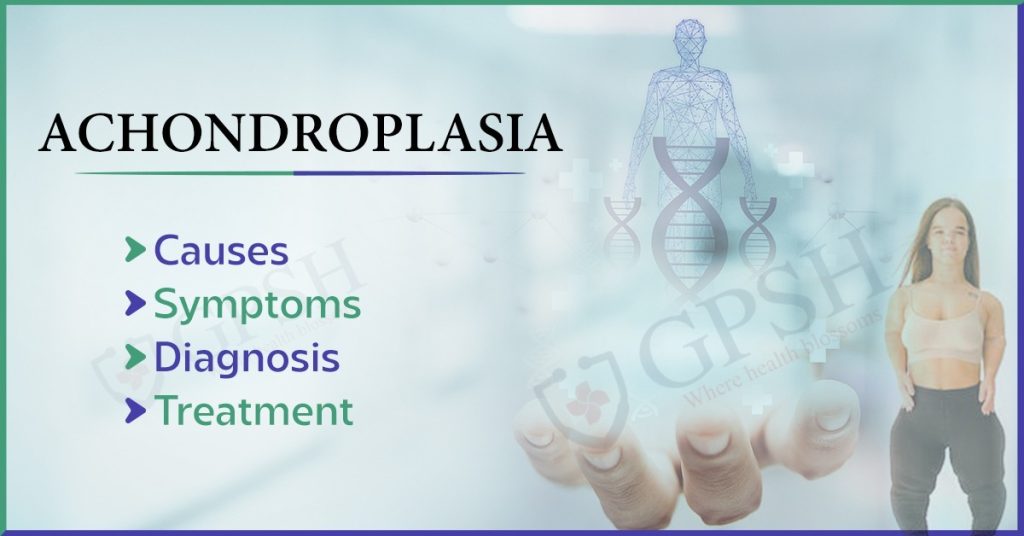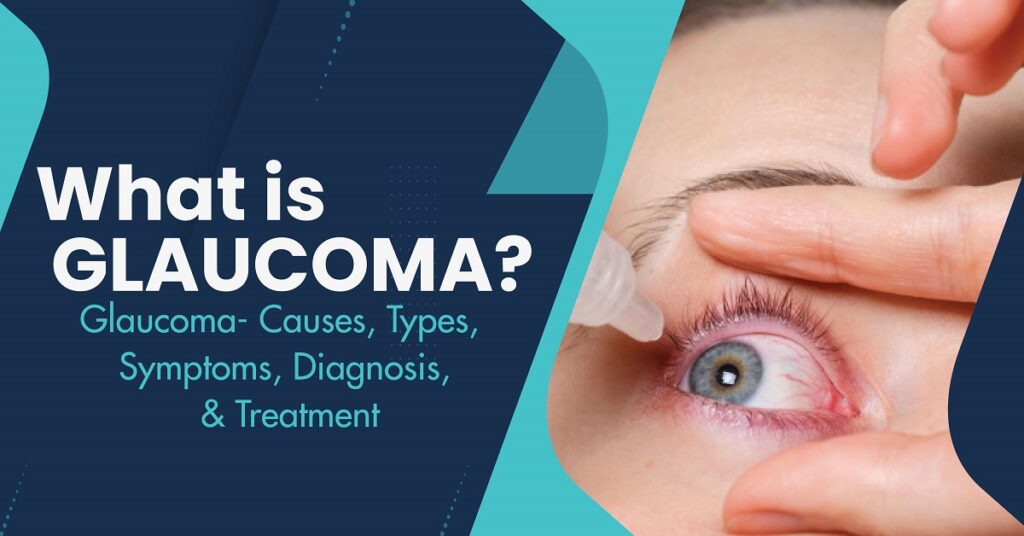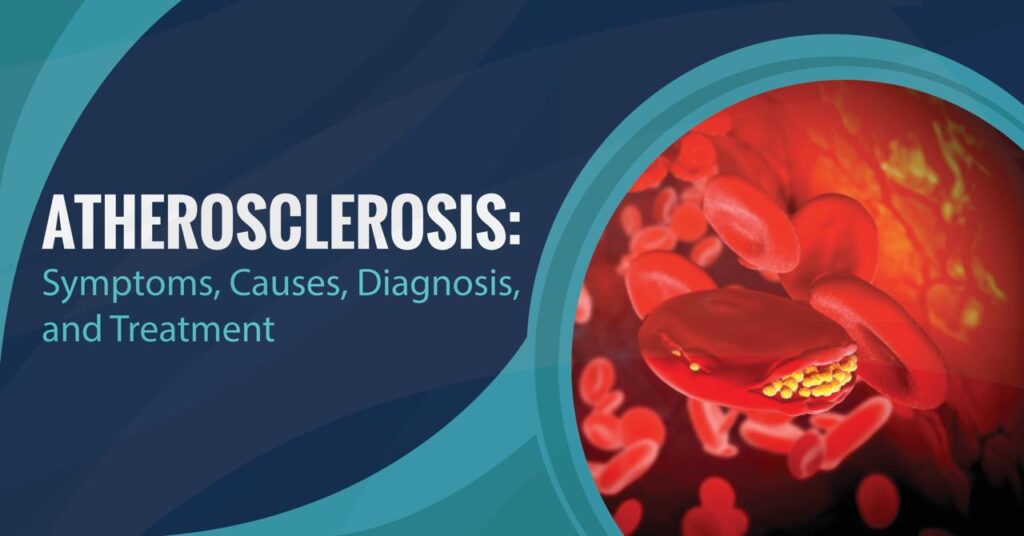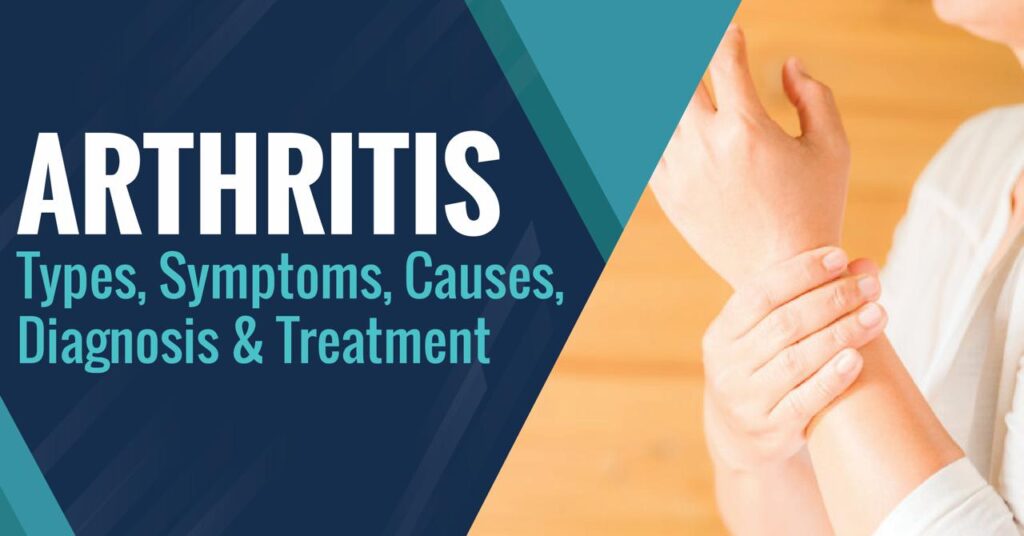What is Achondroplasia?
Achondroplasia is a genetic disorder that primarily affects bone growth, resulting in dwarfism. It is the most common form of short-limbed dwarfism and is caused by a mutation in the FGFR3 gene. This gene provides instructions for making a protein that is involved in the development and maintenance of bone and brain tissue.
Individuals with achondroplasia typically have short stature with disproportionately short arms and legs. The head is often larger compared to the rest of the body, and there may be a prominent forehead. Additionally, individuals with achondroplasia may experience various orthopedic issues, such as bowed legs, an increased curve of the lower spine (lordosis), and joint problems.
Achondroplasia is usually inherited in an autosomal dominant pattern, which means that an affected person has a 50% chance of passing the condition on to their children. In most cases, individuals with achondroplasia have average intelligence and a normal life expectancy, although they may face certain health challenges related to their skeletal and joint abnormalities.
Causes of Achondroplasia
Achondroplasia is primarily caused by a specific genetic mutation. Here are the key points regarding the causes of achondroplasia:
● Genetic Mutation: Achondroplasia is caused by a mutation in the FGFR3 gene (fibroblast growth factor receptor 3), which is located on chromosome 4. This mutation is usually a spontaneous change that occurs during the formation of the egg or sperm cell, or early in fetal development.
● Autosomal Dominant Inheritance: In most cases, achondroplasia is inherited in an autosomal dominant pattern. This means that an affected individual has a 50% chance of passing the mutated gene to their offspring. Individuals with one affected parent have a 50% chance of inheriting the condition.
● Paternal Age Effect: There is an increased likelihood of achondroplasia when the mutation originates in the father’s sperm. The risk of the condition rises with increasing paternal age.
● De Novo Mutation: A significant proportion of cases result from de novo mutations, meaning the mutation is not present in the parents but occurs spontaneously in the affected individual during early development.
It’s important to note that while achondroplasia is a genetic disorder, the majority of individuals with achondroplasia are born to parents of average height with no history of the condition. Genetic counseling is often recommended for families with a history of achondroplasia or for those who have a child diagnosed with the condition to understand the genetic implications and risks.
You Can Read also:- Multiple Myeloma: Symptoms, Causes, Diagnosis and Treatment
Symptoms of Achondroplasia
Achondroplasia is characterized by distinct physical features and skeletal abnormalities. The symptoms of achondroplasia include:
● Short Stature: Individuals with achondroplasia typically have short stature, with an adult height significantly below average. However, the trunk of the body is usually of average size.
● Disproportionate Limbs: The arms and legs are disproportionately short compared to the trunk, giving the individual a characteristic appearance.
● Large Head: People with achondroplasia often have a larger head size in proportion to their bodies.
● Prominent Forehead: A characteristic feature is a prominent forehead with a flattened nasal bridge.
● Bowed Legs: Bowed legs (genu varum) may be present, particularly during early childhood.
● Limited Range of Motion: Some individuals may have limited extension at the elbows, a condition known as joint contracture.
● Lordosis: Increased curvature of the lower spine (lordosis) is common.
● Middle Ear Infections: There is an increased risk of middle ear infections, which can contribute to hearing loss.
● Obesity Risk: Individuals with achondroplasia may be at a higher risk of obesity due to reduced physical activity and metabolic factors.
It’s important to note that while these physical features are characteristic of achondroplasia, individuals with the condition can have a wide range of abilities and health outcomes. Most people with achondroplasia have normal intelligence and a normal lifespan, but they may face certain health challenges related to their skeletal structure.
Early intervention and medical management, including regular monitoring by healthcare professionals, can help address potential complications and improve the overall well-being of individuals with achondroplasia. Physical and occupational therapy may also be beneficial in managing certain aspects of the condition. Additionally, genetic counseling is often recommended for families with a history of achondroplasia to understand the risks and make informed decisions about family planning.
Diagnosis of Achondroplasia
The diagnosis of achondroplasia is typically based on clinical and radiological (X-ray) findings. Here are the key aspects of the diagnostic process:
● Physical Examination:
○ A thorough physical examination by a healthcare professional, often a pediatrician or geneticist, is conducted to assess the child’s physical features.
○ Key features, such as short stature with disproportionately short limbs, a prominent forehead, and other characteristic facial features, are carefully observed.
● Radiological Imaging:
○ X-rays are commonly used to examine the skeletal structure, particularly the long bones of the arms and legs.
○ Radiological findings in achondroplasia may include shortened limbs, especially the upper arms and thighs, as well as characteristic changes in the shape of bones.
● Genetic Testing:
○ Molecular genetic testing is available to identify the specific mutation in the FGFR3 gene associated with achondroplasia.
○ Genetic testing can confirm the diagnosis and provide information about the specific genetic changes present in the affected individual.
● Family History:
○ A detailed family history may be obtained to identify if there is a pattern of achondroplasia or other genetic conditions in the family.
● Prenatal Diagnosis:
○ Achondroplasia can be diagnosed prenatally through genetic testing, such as chorionic villus sampling (CVS) or amniocentesis.
○ Prenatal diagnosis allows parents to know whether their unborn child has achondroplasia, but it is a personal decision whether to pursue such testing.
You Can Read also:- Ehrlichiosis: Causes, Symptoms, Risk Factors, Diagnosis and Treatment
Treatment of Achondroplasia
There is no cure for achondroplasia, but various interventions and treatments aim to manage symptoms, address potential complications, and improve the quality of life for individuals with this condition. Treatment typically involves a multidisciplinary approach, and the specific interventions may vary based on individual needs. Here are some aspects of the treatment and management of achondroplasia:
● Regular Medical Monitoring:
○ Individuals with achondroplasia often require regular medical check-ups to monitor growth, development, and any potential complications.
○ Monitoring may include regular measurements of height, weight, and head circumference, as well as assessments of skeletal development.
● Orthopedic Management:
○ Orthopedic interventions may be recommended to address skeletal issues, such as bowed legs, joint contractures, or spinal problems.
○ Surgical procedures, such as limb-lengthening surgeries or spinal decompression surgeries, may be considered in certain cases.
● Physical and Occupational Therapy:
○ Physical and occupational therapy can help individuals with achondroplasia optimize their mobility, strength, and independence.
○ Therapy may focus on improving joint flexibility, muscle strength, and overall functional abilities.
● Management of Hearing Issues:
○ Individuals with achondroplasia may be prone to middle ear infections and hearing loss. Prompt treatment of ear infections and regular hearing assessments are important.
● Genetic Counseling:
○ Genetic counseling provides information about the genetic basis of achondroplasia, its inheritance pattern, and the likelihood of passing the condition to future generations.
○ It helps individuals and families make informed decisions about family planning.
● Psychosocial Support:
○ Supportive care, including counseling and psychological support, can be beneficial for individuals and families to cope with the social and emotional aspects of living with achondroplasia.
● Lifestyle Modifications:
○ Adopting a healthy lifestyle, including regular physical activity and a balanced diet, is important for overall well-being.
○ Managing obesity, which can be a concern in some individuals with achondroplasia, is crucial.
It’s important to tailor the treatment plan to the individual needs of each person with achondroplasia. Regular communication and collaboration between healthcare professionals, including orthopedic specialists, geneticists, physical therapists, and others, play a key role in providing comprehensive care. Early intervention and ongoing medical care can help manage potential complications and support individuals with achondroplasia in leading healthy and fulfilling lives.









